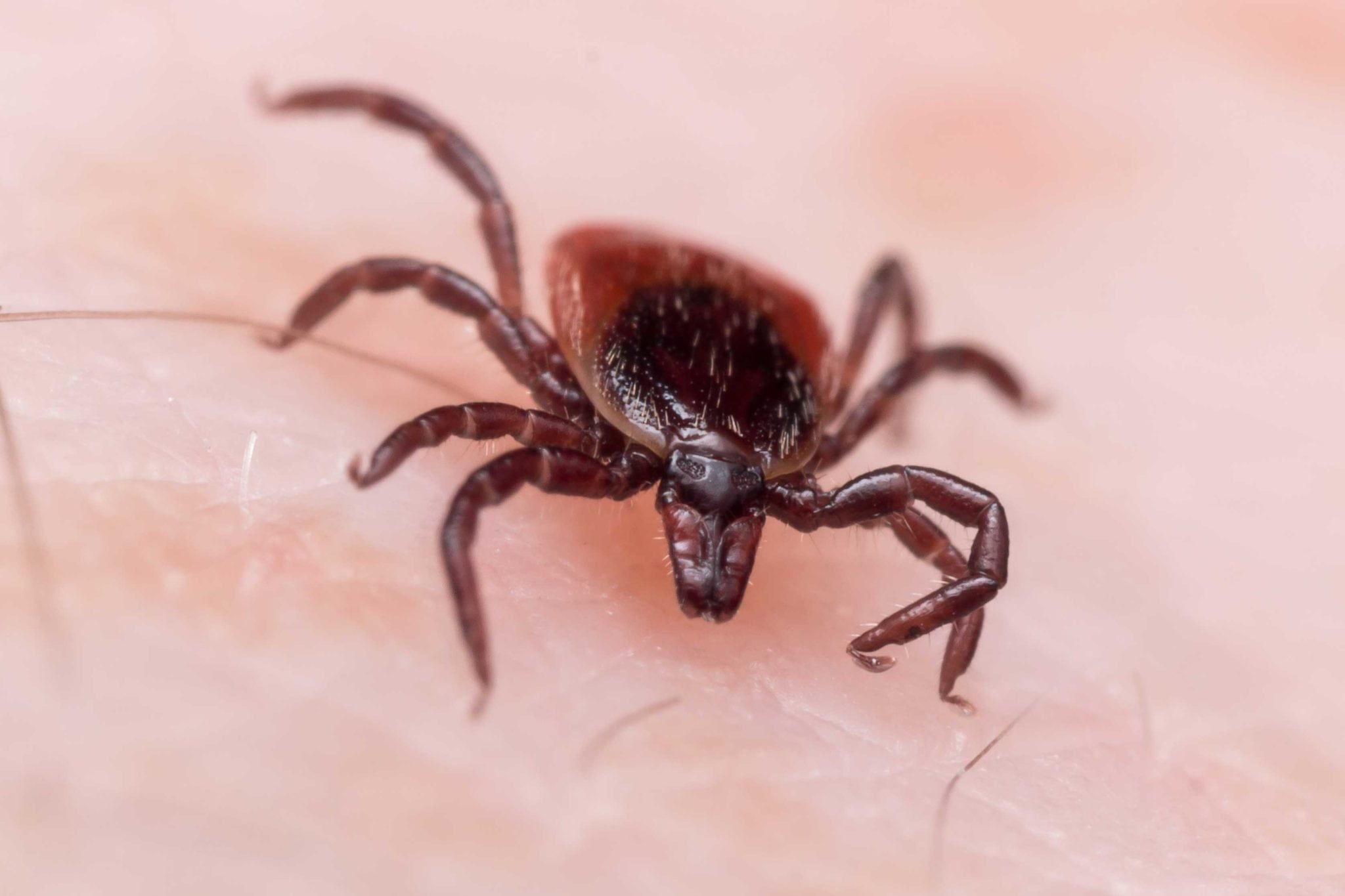

Broad ecological changes, including alterations in climate and land‐use patterns (Allan et al., 2003 Brownstein et al., 2005 Gilliam et al., 2018 Guerra et al., 2002 Hall et al., 2002 Ostfeld & Brunner 2015 Salkeld et al., 2015 Tran & Waller 2013), and increases in deer and other wildlife populations overlapping with human‐inhabited space, are highly associated with increases in tick encounters and tick‐borne disease prevalence (Ginsberg & Zhioua 1999 Rand et al., 2003 White & Gaff 2018). The factors contributing to more cases of tick‐borne diseases are complex. Recent reports suggest that cases of human tick‐borne disease are more than double over the past decade (Rosenberg et al., 2018), no doubt also increasing significantly the tick‐borne disease prevention challenges faced by pet owners and veterinary professionals.

The strong association among pets, their owners and zoonotic tick‐borne illness is evident in the literature, as dogs often act as sentinels for tick‐borne illness, particularly in cases of Rocky Mountain Spotted Fever (Elchos & Goddard 2003), and Lyme disease (Bowman et al., 2009 Eng et al., 1988 Guerra et al., 2001 Johnson et al., 2004 Lindenmayer et al., 1991 Little et al., 2014 Wagner & Erb 2012). This finding suggests that cats, and perhaps even dogs or humans can carry loose ticks indoors that then attach to other hosts. Cats that live entirely indoors have been found infested with species of attached ticks that originate in outdoor habitats (Little et al., 2018). Several studies have demonstrated that those living in households with either dogs or cats are at higher risk of tick encounters and tick‐borne illnesses than those in households without pets (de Wet et al., 2020 Jones et al., 2002, 2018). Even in cases where animals are asymptomatic or display sub‐clinical signs of tick‐borne disease infection, they can act as potential reservoirs for zoonotic pathogens (Fritz 2009 Mather et al., 1994 Shannon et al., 2017 Shaw et al., 2001). Dogs, cats and other domestic animals are susceptible to numerous potentially deadly tick‐borne bacterial and protozoal diseases, including Lyme disease, spotted fever rickettsioses, American canine hepatozoonosis, cytauxzoonosis and tick paralysis toxicosis (Bowman 2009 Chomel 2011 Kidd & Breitschwerdt 2003 Little et al., 2014 Nagamori & Reichard 2015 Reichard et al., 2010 Shaw et al., 2001). –Connecticut Veterinary Medical Diagnostic Laboratory (CVMDL) at UConnįor more articles out of New England, click here.Tick vectors can pose serious health risks to domestic companion animals and their owners.

#UCONN PATHBIOLOGY LAB TICK TESTING HOW TO#
For more information visit or learn how to submit a tick test at. The CDC offers guidelines to help people prevent tick bites.ĬVMDL, part of the Department of Pathobiology in UConn’s College of Agriculture, Health and Natural Resources, is on the frontlines of research and testing to keep humans and animals safe. We are still uncertain of the diseases the Asian longhorned tick carries and spreads. Asian longhorned ticks are not traditionally found in the Western Hemisphere but were first identified here in 2017.Īlthough Asian longhorned ticks are not as attracted to humans as pets and livestock, the Centers for Disease Control and Prevention (CDC) and scientists at UConn’s CVMDL encourage people to take precautions against the tick. Identification of the Asian longhorned tick at CVMDL is significant because it means their population is increasing and that presents another public health concern. A single tick can transmit more than one infectious agent. While the Deer tick is predominantly known for transmitting the agent that causes Lyme disease (the corkscrew-shaped bacterium, Borrelia burgdorferi), it can also carry other disease-causing agents.

Although there are many different species of ticks, people generally think of one tick species in particular when worrying about illness: the deer tick ( Ixodes scapularis). Ticks are disease-carrying arachnids that reside in moist areas, such as long grass and the leaf litter, and will latch onto humans and animals alike. This information was also reported to the USDA per regulations. Our laboratory notified New York State Animal and Public Health officials of the findings. The ticks were submitted to CVMDL for identification and testing from the State of New York. This is the first time that CVMDL has identified this tick species. The Connecticut Veterinary Medical Diagnostic Laboratory (CVMDL) at UConn is reporting the identification of the Asian longhorned tick.


 0 kommentar(er)
0 kommentar(er)
